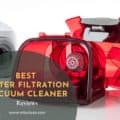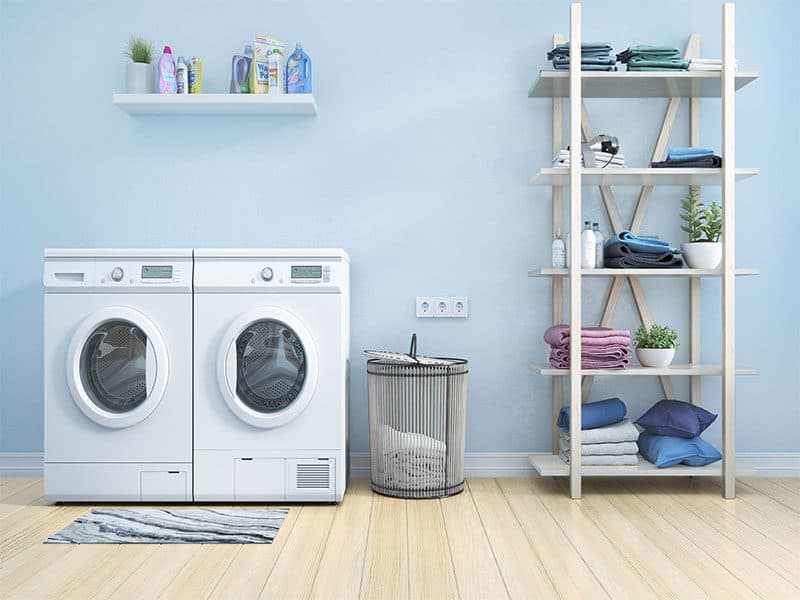
I couldn’t recognize along the way that cleaning a washing machine should be done regularly instead of “never,” for sure, you will need help from the wash machine cleaners. Minerals and soap residue from the commonly used detergents are easy to build onto the washing machine.
And you might find, over time, that your clothes do not seem as clean as they used to be. You will feel as if you crammed too much clothing with the same load and would not enable the rinse cycle to function effectively.
RISKS From A Dirty Washing Machine
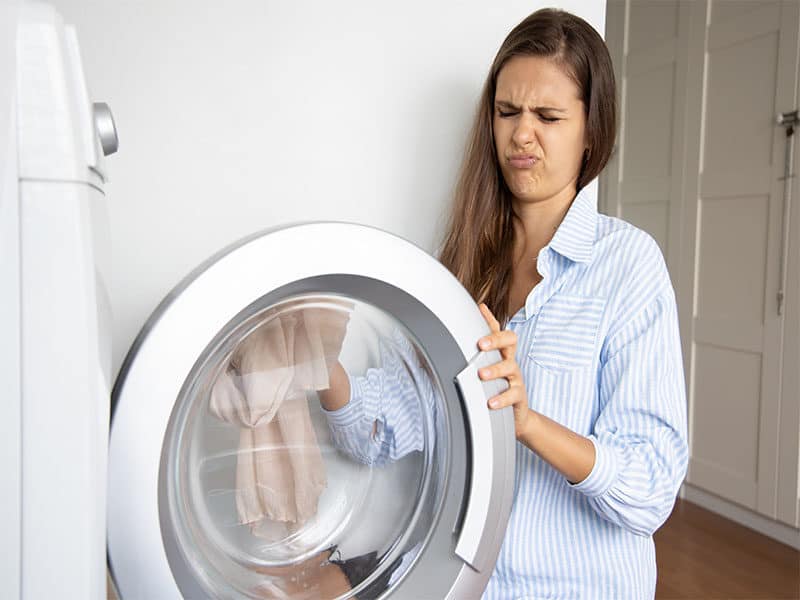
You clean up the dirtiest clothes with your washing machine. Right the moment your clothes are clean, they leave the nasty gunk behind them. Over time, the gunk will make your laundry, house, and even your life “wreak havoc.”
Well, that’s what happens if the washing machine is never cleaned.
Thriving Superbugs
Since you found it doesn’t smell as fresh as your old, less functional model over time. It’s because today’s high-efficiency washer washing machines allow bacteria to survive the wash cycle at lower temperatures.
For instance, the bacteria are transferred from previously washed socks and hats to the clothing that keeps the children warm. Everyone with a highly efficient front load cleaner has probably seen the gunk accumulated in the seal.
Trapping Bacteria’s Gunk
Suppose you don’t clean your washing machine. In that case, fabric softeners, soap waste gunk, chemicals such as solutions to remove stains, and minerals build up to form a thin film capable of trapping bacteria. In the rubber seals, detergent drawer, around the door, and the washing drum, bacteria appear to live.
Bacteria-laden buildup travels deeper into the drum system and prevents the water from being hot to accomplish its function. Furthermore, the washing machine is dark in design, providing a warm and humid atmosphere and making it the ideal breeding ground for bacteria growth.
Causing Smelly Clothes
Apart from body smells, you may have some severe mildew problems that may not have been washed due to cold water washes. Sure, additives and detergents highly perfumed can disguise the stinky smells, but when the fragrance additives wear away, they are noticeable again.
The residue left behind from liquid fabric softer plus the wet clothes can cause those malodorous smells. Furthermore, not sure that the mold and mildew in your machine are constantly wiped inside and around the gasket.
After knowing the main adverse effects of a filthy washer, you should also check up and solve the zones that normally tide up inside and outside your washer. But first, let me introduce a bit about the kinds of washing machine then you will understand better the washing systems and clean them in the most brilliant way ever!
The Two Construction TYPES
When ease of cleaning is the priority, you should notice the washing machine’s structure. You need to identify the setup that best fits the needs: a front loader and a top loader in both high efficiency and traditional version.
Here you get the identification as well as the advantages and disadvantages for each of your choice.
Top Loading Washing Machine
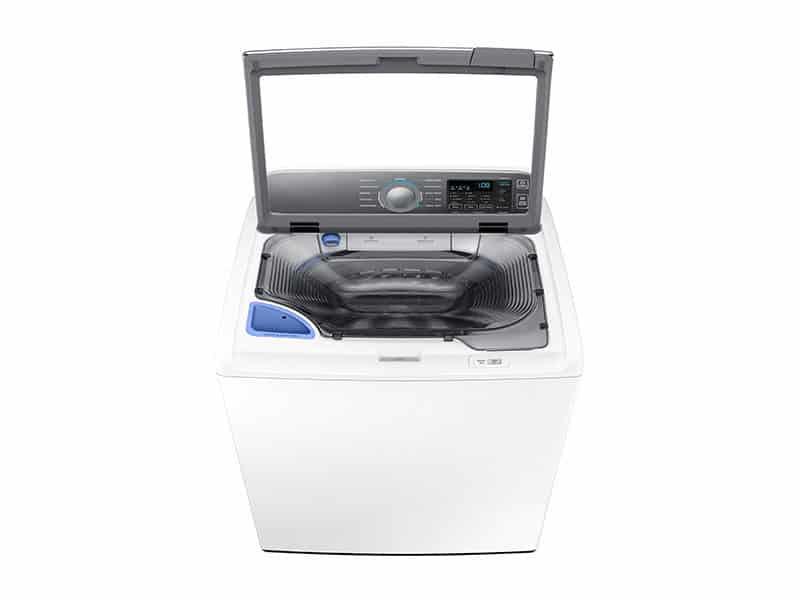
The top covers help load and unload clothes in the round vessel, which performs the washer function and rinses and drys as the fully automatic washing machine. The top washing machine is preferred for people who do not want to bend the body when they load their clothes.
The top-loading washing machines are also graded as semi-automatic washing machines and fully automatic washing machines, depending on the overall automatic features. Let’s look at the apparent differences between them.
Semi-Automatic Washer
It contains the separate washer and drier tubs or vessels. Two different timers allow wash and dry times to be set. It would help if you placed the clothes in the wash vessel, put enough water and detergent in to wash the clothes, and then set up time.
The washing machine will stop after the scheduled time. The clothes can be removed and dried in the sun or partly dried in a drier vessel by setting the time.
Fully Automatic Washer
Just one tub acts as the washer, riser, and drier in this fully automatic machine. The unit automatically absorbs ample water and detergents depending on the weight of clothing and automatically sets the wash and dry timer.
You just have to get water, put the detergent in the storage space and add the clothes, and the fully self-action washing machine automatically does everything else.
Last but not least, you still want to know the benefits and drawbacks of the top-load washing machine to make a good decision. Check out here, my dear!
- Pros
Top loaders with high efficiency aim to better clean clothes and to keep fabrics softer. The top-load washing machine rotates faster than a device with an agitator, so you want to unwrap things before putting them in the dryer.
The loader doesn’t have a center agitator pole; it has more room, and a giant laundry can handle it. For a long time, front-load mold growth was a concern, but now the bacteria have less chance to grow.
- Cons
Top loaders are more complicated than standard high-efficiency washers. The more features an appliance is added, the more chance something could go wrong. You must then use detergent on the label, which is labeled “HE.”
Since the high-efficiency top-loader cycle requires so much less water, detergent is needed to generate fewer suds.
Front Loading Washing Machine
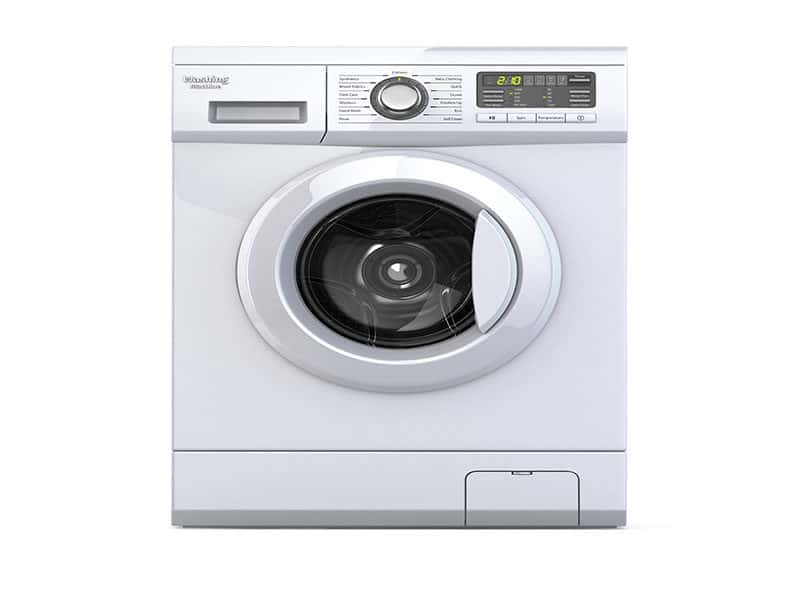
The clothing is loaded from the front side of the top-loading washer. It rotates the drum to shift the clothes instead of using a pole-style agitator in the middle. This front-loaded option consumes less electricity, water, and detergent and also offers better washing results.
Similarly, there’s no agitator in a high-efficiency top-load washer. Instead, on the ground, there are a washing plate “throwing” clothes. Suppose you start and review your choices from the beginning. Let’s all look at the pros and cons of the front-load washing machine.
- Pros
The washing machine can be stacked if you have tight space in your laundry room. The colossal capacity helps you immediately wash more items without losing the cleaning efficiency and accommodating bulky items.
Many units also allow the wash cycle to add steam to enhance the removal of the stain. Since its washing cycle uses less water, it is the most energy-efficient. Its high speed removes more moisture from wet loads, ensuring that the drying time can be reduced.
- Cons
A front-loader can be very costly to buy with its advanced technologies and unique features. If you choose one of the personalized settings, it can take up to 30 minutes or more to wash the cycle than the others.
The rotation cycle can vibrate a lot, especially if it isn’t mounted on a sturdy floor. Due to its design, water can be trapped inside, and the detergent dispenser and washtub can cause odors to form.
You can relieve the cleansing challenge and lighten tidy-up loads with a front loader if your laundry is filthy and you do several loads a week.
The Three Washing SYSTEMS
Each washing system is different and offers different benefits. Now you know that agitating the clothes removes dirt; the other technologies allow machines to swirl or violently move to clothing. Check them all now!
Tumble Wash System
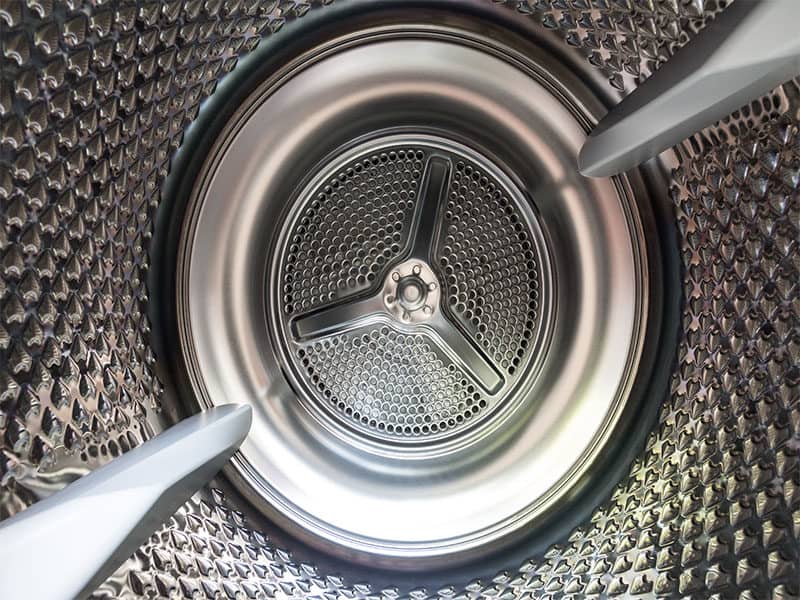
The low-speed spin part spins the washing basket in the horizontal direction in machines with the tumble washing system. The clothes begin to tumble when the wash basked spins.
Tumble washing machines use many detergents to rid clothing of the dirt, popular in front load. Few devices have drums in steel, while some have drums in plastic.
Some advantages of the tumble wash system:
- Use a limited water quantity
- The clothes do not get tangled
- Consume less power while the spinning speeds are low
Agitator Wash System
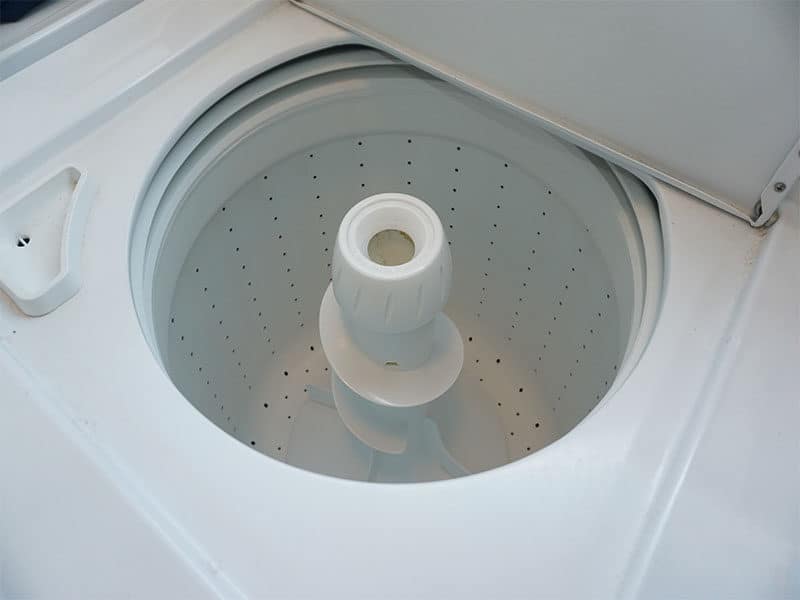
On top of load washing machines, the agitator system is most often visible. Agitators are mounted in the middle of the washer. The agitators are tall vertical spindles, vaned or finned.
To ensure that the dirt is carefully removed, the agitator rotates and rubs around the clothes in various directions. Some advantages of the agitator wash system:
- The washers with agitators have star rating high energy
- The agitator rubs off clothes to remove dirt and stubborn stains
- Clothes are soaked with the water recirculated from the washing cycle
Pulsator Or Impeller Wash System
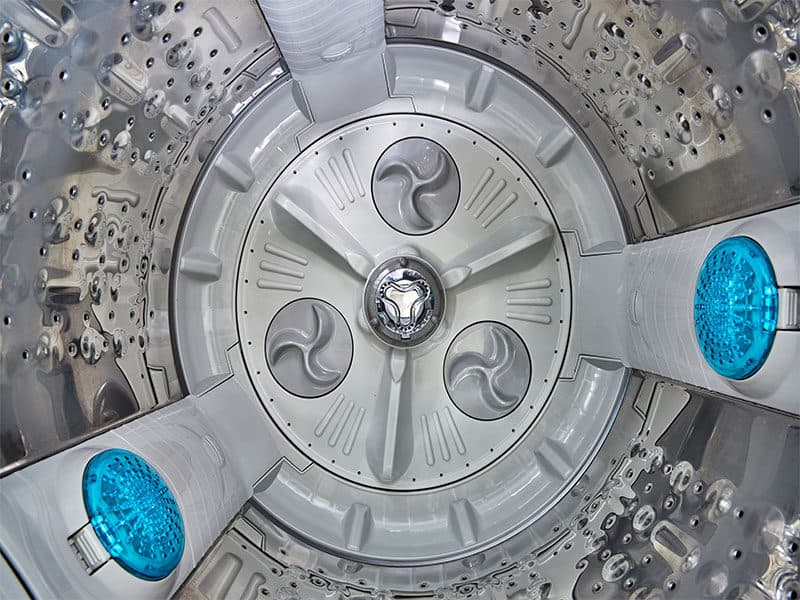
The significant difference is that the impeller is almost flat while the agitator has a rod in the middle. Much more modern is the impeller system.
With this unit, the dirt is removed from the clothing, almost all of the top-loading machines are available.
Washing machines with pulsator or impeller systems are entirely in contrast to the wash system for agitators. The washing device is supplied with a cone, wheel or disc, that rotates or revolves to remove dirt and stains to rub clothes against each other.
The agitator washing system is primarily used in top washing machines, the same as the impeller system. Look at some of the advantages that a pulsator or impeller washing machine has to offer.
- Require minimum water to wash items
- Pulsator wash systems are quick, gentle, and effective
- The impeller system has more basket space with a single disc or cone at the bottom
The Overall STEPS
Follow these instructions on cleaning a washing machine once a month to ensure your freshly washed clothes and linens in good condition. It can eliminate mold, unpleasant odors, and residues that spoil clothing and prevent the machine from breaking down.
Clean Up Detergent Drawer
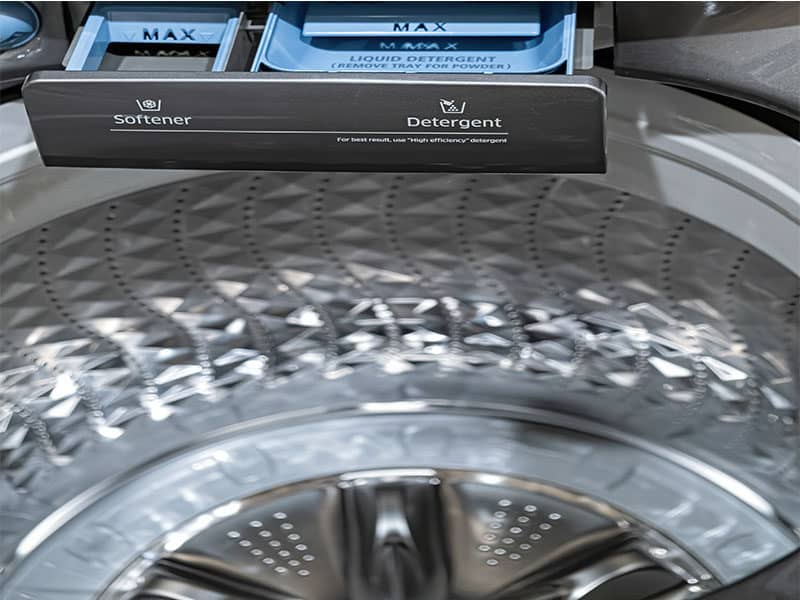
A detergent drawer is a place for germs, encrusted mold, and washing powder, and it’s a small area that can accumulate debris quicker than you’d think.
Remove the whole drawer, then start using an old toothbrush and a regular household cleaner for the best results. Do not forget to clean the drawer’s cavity, too. The garments will feel fresher immediately and will be spotless in just a few minutes.
Clean Up Filter
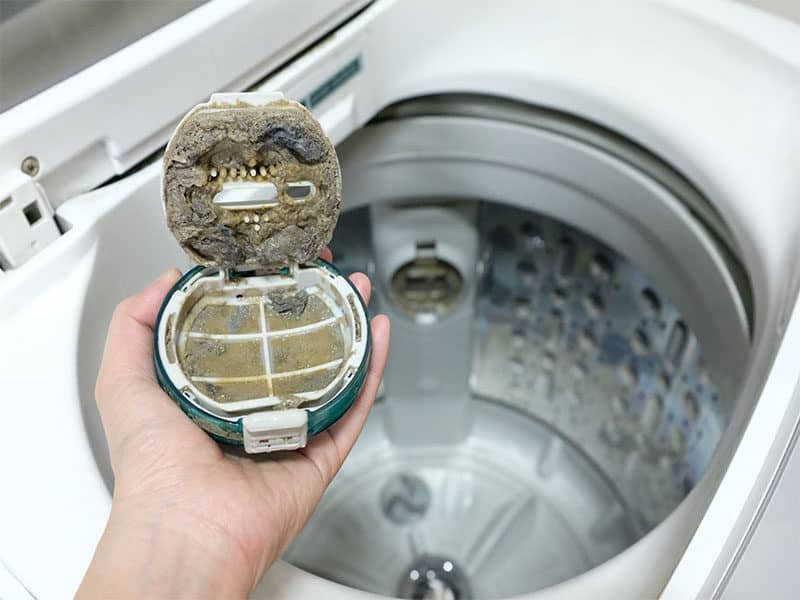
The debris filter protects your laundry pump by stopping general dirt, stray tissues, lint, and coins in its tracks. It is wet and sticky, making the machine an excellent breeding ground for dodgy smells or even germs.
Regularly empty to clear the dirt and fluff gathered inside. The filter is usually placed behind a hinged cover along the unit’s lower edge. Remove the emergency drain tube carefully and put a pan or bowl on the floor.
Unplug and clear any water that has been trapped. Change the plug, take off the bowl and place a towel on the floor. Release or unscrew the filter cover carefully. Any stuck debris with trapped water should run away but check it for sure inside the cavity.
Clean the components around with a cloth and replace the cover. Double-check if you have correctly replaced the cover to prevent accidental leakage.
Clean Up Drum
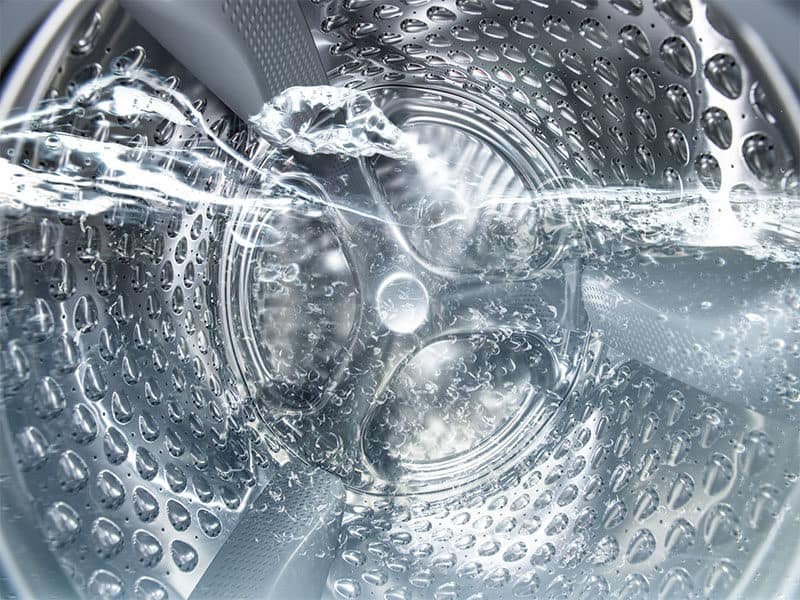
While it looks shiny smooth inside your washing machine, it isn’t. Many nooks and crannies will hide and fester germs.
The easiest way to do this is an empty wash every few months. You can try soda crystals. Pour 500 ml directly into the drum and pop it to your warmest rinse.
Preferably a hot wash of 60 degrees. It can destroy germs, minimize odors and avoid the buildup of limescale and soap in hard-to-reach areas.
Clean Up Door Seal
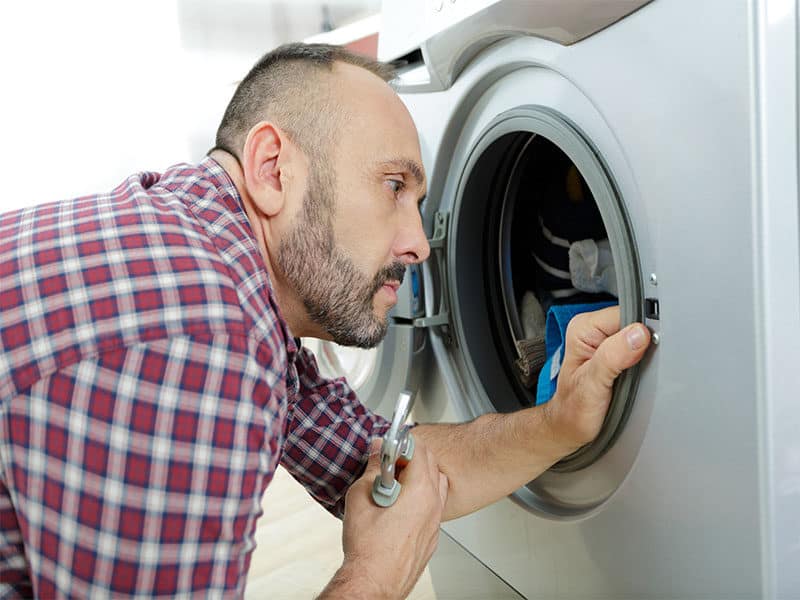
It is easy to forget the space between the door and the drum when you put your stuff in and again damp pull it back. The rubber seal, which prevents water from pouring into your kitchen or utilities, is also a spot for hiding dirt and excess detergent.
It turns into a mold and becomes harder to remove if you let this grow. Use a moist cloth to make a gentle wipe of the seal before and after every laundry, and it should suffice to keep the machine in good shape.
It also ensures that you do not get fresh dirt when you dry your clean washing.
Clean Door, Dispensing Trays & Machine Exterior
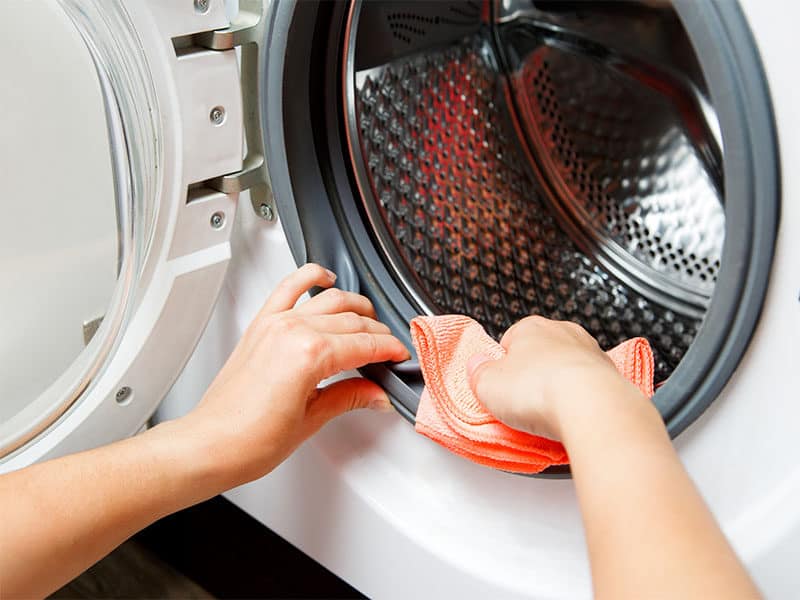
You need to check the machine’s outside, including all cracks and crevices, detergent dispensers, door frames, and surfaces. First, use a microfiber cloth to apply water and vinegar both in and out the door. You had better scrub well!
Second, sweep around the dirty areas with pre-soak or all-purpose cleaners. Finally, scrub grim areas with the baking soda, if possible, and wipe them all clean with a cotton cloth.
It is also possible to soak and scrub your dispensing trays clean. They can get moldy and grotty!
Prevent Unpleasant Smells
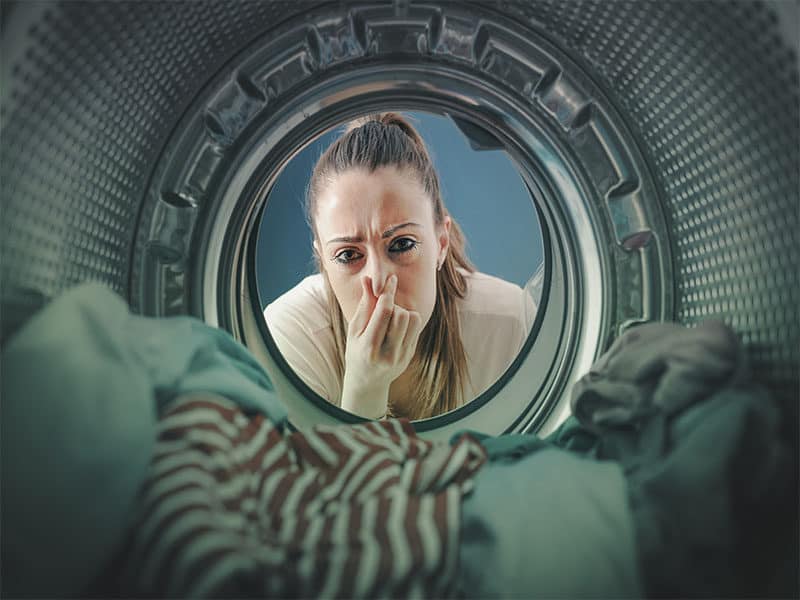
Have you ever opened your washing machine then get an uncomfortable, musty smell? It’s because the humidity of the freshly operated machine is ideal for growing molds.
If the washing machine door is left open a little after washing, air circulates the drum, helping to avoid breeding germs and reducing the resulting damp smell.
In the warmer summer weather, that is even more significant. Ensure your external drain is also cared for and removed from debris as odors will flow back into the system.
Choose Detergent Properly
When facing the spiritual variety of detergents, it is easy to just think about their effect on your clothing. Interestingly, liquid softeners and extra suds are connected to leave a residue that can lead to unpleasant odors and molds.
In short, you would like to use powder for a more extended period than liquids for your washing unit. Whatever the choice is, the proper cleaning techniques are a must.
So, when will you need to convert the task? It is time to give your product a thorough cleaning when it smells somehow the same as the sweaty shirts. Do the deep cleansing with baking soda and vinegar once every six months, and your laundry will remain clean and cool.
Deep Cleaning With Vinegar And Baking Soda
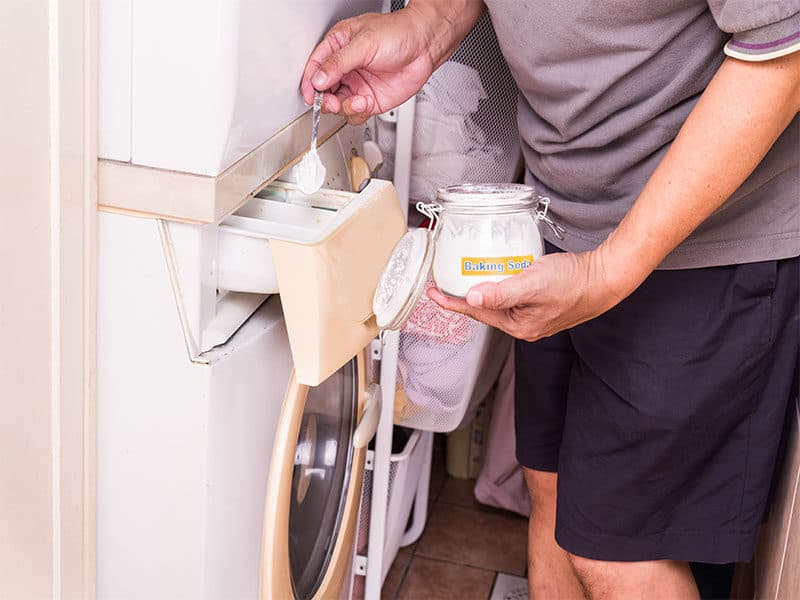
Here I will clean both front and top load washing machines using vinegar and baking soda. The procedure for each one is quite different; help me list it down now!
Clean Front- Loading Washing Machine
You would like to gather the cleaning supplies; they are a toothbrush, microfiber cloth, spray bottle, distilled white vinegar, and baking soda.
#1 Spray The Drum With White Vinegar
Add white vinegar into the spray bottle and spritz the drum inside. Wipe the microfiber cloth around it, leaving no new surface.
White vinegar is one of the best cleaning materials in nature; it can easily tackle residue, stains, hard water, buildup, and even grease.
#2 Wipe The Rubber Gaskets
Then, you need serious attention to the rubber gaskets known as the door seals. You’ll probably encounter scum, mildew, and even hair while wiping around them.
#3 Free The Detergent Dispenser
At the detergent dispenser, pour the distilled white vinegar and activate the washing machine with hot water.
Measure two cups of white vinegar distilled and pour it directly into the detergent dispenser on your washing machine. Set the washer with the hottest water on its most extended cycle.
#4 Add Baking Soda Into The Drum
Directly add baking soda to the drum and start the machine again. Remember to run in the same settings, highest and hottest.
#5 Scrub The Door and Front
Spritz the microfiber cloth with the vinegar and clean the door inside and outside to make it shine. Run it all over the machine’s front to get the control panel and knobs.
#6 Dry Out The Machine
Leave the door open and dry out the washer. Keep mildew and mold in the bay, leave the ajar door and let the air dry or clean it with a dry cloth.
Clean Top- Loading Washing Machine
With the same supplies as the front-load washer. Shape it up to the last step!
#1 Add Vinegar And Start The Cycle
Set your washer to work in the hottest and highest possible setting. Add four cups of white vinegar and turn it on. Once the washing machine is complete and mostly started, press the stop button, let the water and the vinegar sit for an hour.
#2 Wipe The Lid And Other Parts
You can handle the rest of the surfaces of the laundry machine as you wait. Spritz vinegar into a microfiber cloth and run over the lid, side, front, top, and bottom of the washing machine. Rub your device with every square inch.
#3 Focus On The Dispenser
Extra attention is vital to the soft fabric and detergent dispensers. A toothbrush helps scrub their openings and in making them clean and fresh.
#4 Run Another Cycle With Baking Soda
After the first cycle is over, add a baking soda and reset your laundry for another strong cycle. It still requires the hottest and highest setting.
#5 Open The Lid To Dry
Like a front loader, you want your top loader as dry as it could. The best option is to leave the lid until the machine dry or clean it off using a dry microfiber cloth.
FAQs
A frequently washed unit mustn’t give bacteria a way to grow and generate unpleasant odors every day or every other day. So your issues with smelling washing will considerably free away.
Here are the other notices that you need to remember then your unit sure as charming as the first day, no matter how much you do the laundry.
Rank Up Every Helpful Hint
Once again, I am gathering up the additional tips for squeaky cleaning the washing machine. You need to keep the door open if the unit is not in operation so that the interior dries completely.
Next, never put damp clothing in the washing machine. Let’s move it directly to the dryer! Keep the detergent and lint-free away from top surfaces. After each use, take the lint off the dryer screen.
That’s all for the summary part. What is more, you planning to add? Comment down your opinion; I believe that you have a lot more to share. Send my post to your friends and family now; great experiences are welcome to share and welcome to make an innovation to the laundry world!







